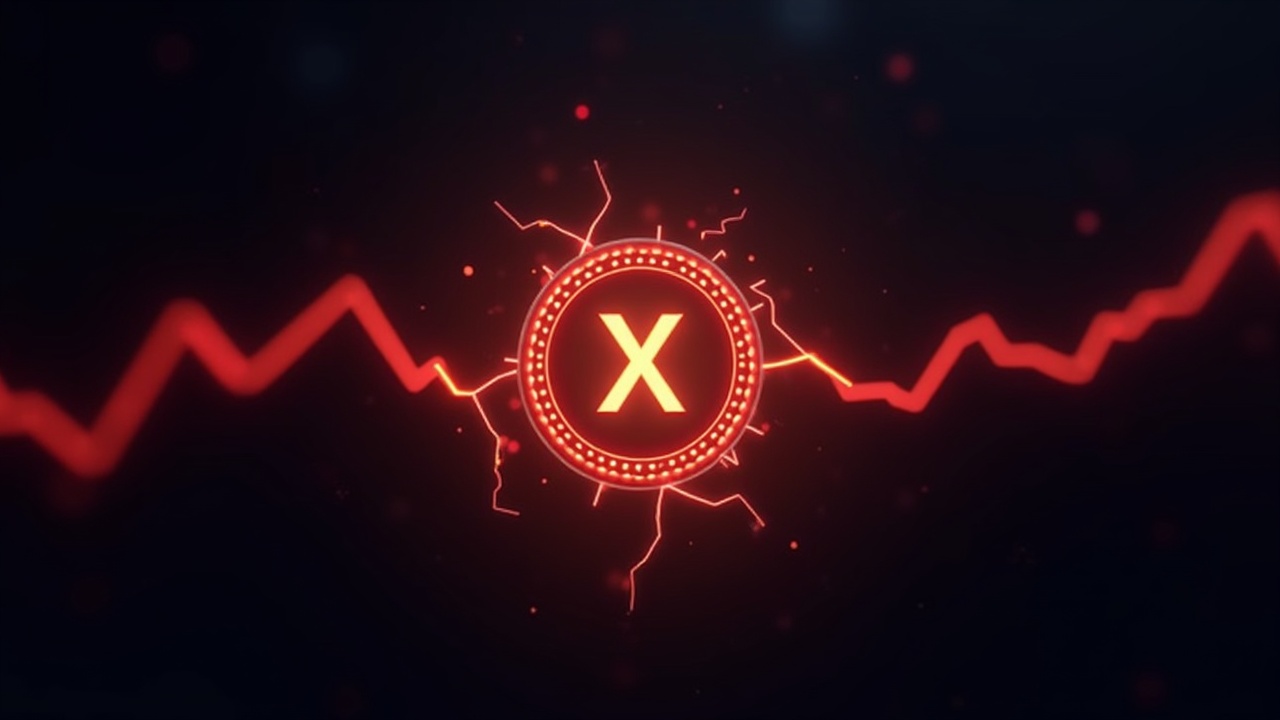The launch of Plasma’s XPL token has been a story of dramatic highs and devastating lows. From its promising debut as a specialized stablecoin blockchain, the token has experienced a severe collapse, leaving investors to question its future and ponder the lessons learned from its rapid decline.
A Promising Launch Meets a Sharp Decline
Plasma’s XPL token entered the market with significant backing from major industry players like Bitfinex and Tether CEO Paolo Ardoino, launching its mainnet beta on September 25, 2025. The token debuted strongly, with its price surging to an all-time high of $1.68 just days after launch, briefly turning early presale investors into millionaires.
However, the celebration was short-lived. The price began a steep descent, crashing by 46% in a matter of days and erasing billions in market capitalization. As of October 30, 2025, the token hit a new all-time low of $0.30, marking a staggering 81% fall from its peak and reducing its market cap to approximately $550 million. This plunge liquidated millions in leveraged long positions and wiped out most of the gains that bulls had made chasing the “stablecoin supercycle” trade.
Unpacking the Causes of the Collapse
Several key factors converged to trigger XPL’s dramatic downturn. The initial sell-pressure is widely attributed to the unlocking of a large portion of the token supply at launch. While the team and investor tokens are locked for three years, 1.8 billion XPL (18% of the total 10 billion supply) entered circulation immediately. On-chain data revealed that hundreds of millions of these tokens were swiftly moved to exchanges, creating selling pressure that far exceeded retail demand.
This activity led to intense community speculation and accusations of a “team-driven dump”, though founder Paul Faecks firmly denied that any team members had sold their tokens. The situation was exacerbated by a sharp decline in speculative interest, as measured by falling Open Interest in futures markets, which left the token without momentum to withstand the selling pressure. Despite these challenges, some on-chain data showed large-scale investors, or “whales”, accumulating the token at discounted prices, though this was not enough to reverse the bearish trend.

Lessons from a Volatile Debut
The story of XPL’s launch serves as a potent case study on the risks inherent in new cryptocurrency projects. It highlights how a combination of immediate, large-scale token unlocks and a subsequent loss of market confidence can create a perfect storm for a price collapse, even for projects with strong backing.
For the community, the focus now shifts to the future. The next significant test for XPL will come in September 2026, when tokens allocated to the team and early investors begin to unlock. Whether the project can demonstrate sustained growth, build real-world usage for its stablecoin payment network, and navigate its future token releases will ultimately determine if it can recover from this turbulent start.


